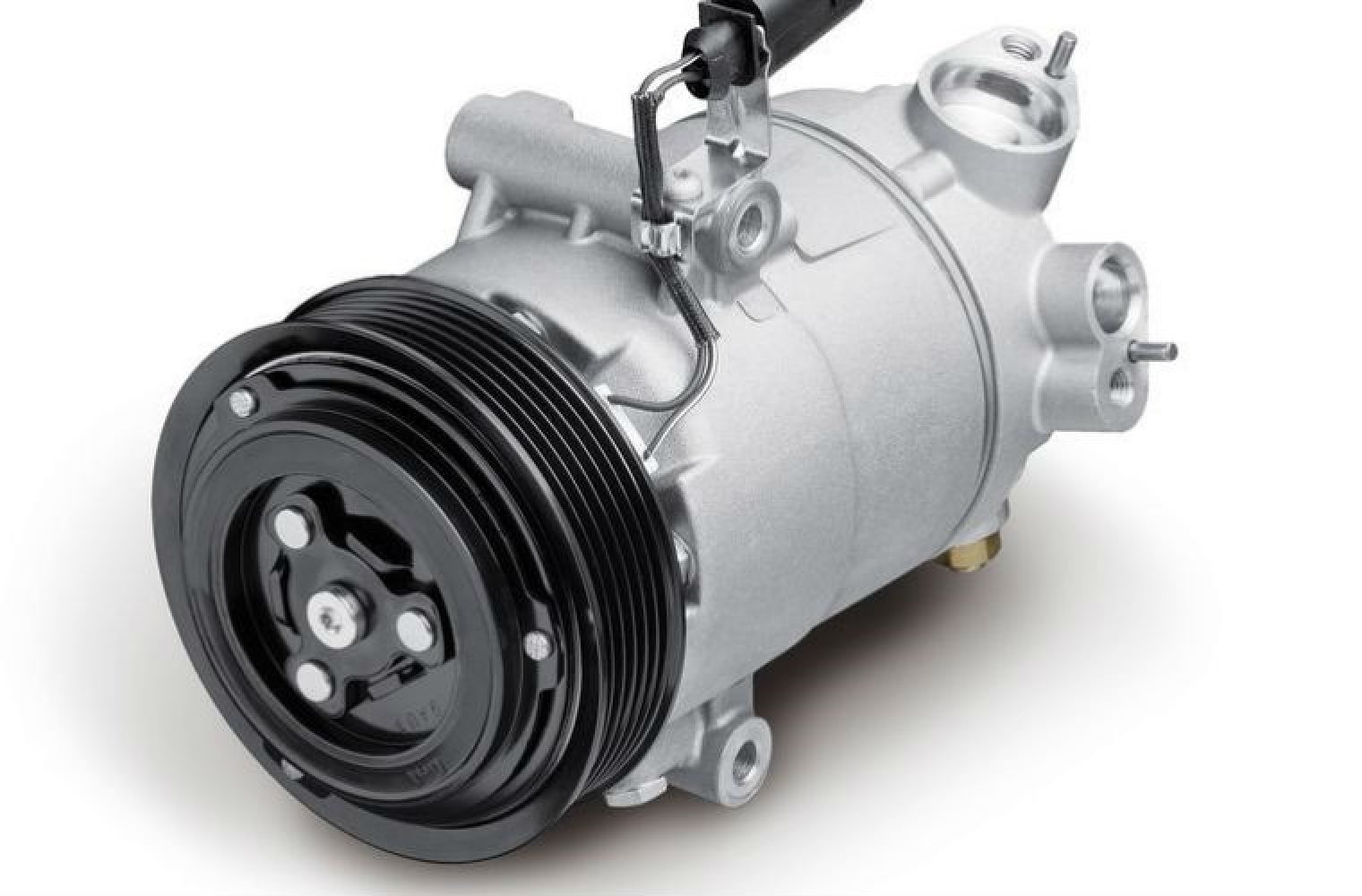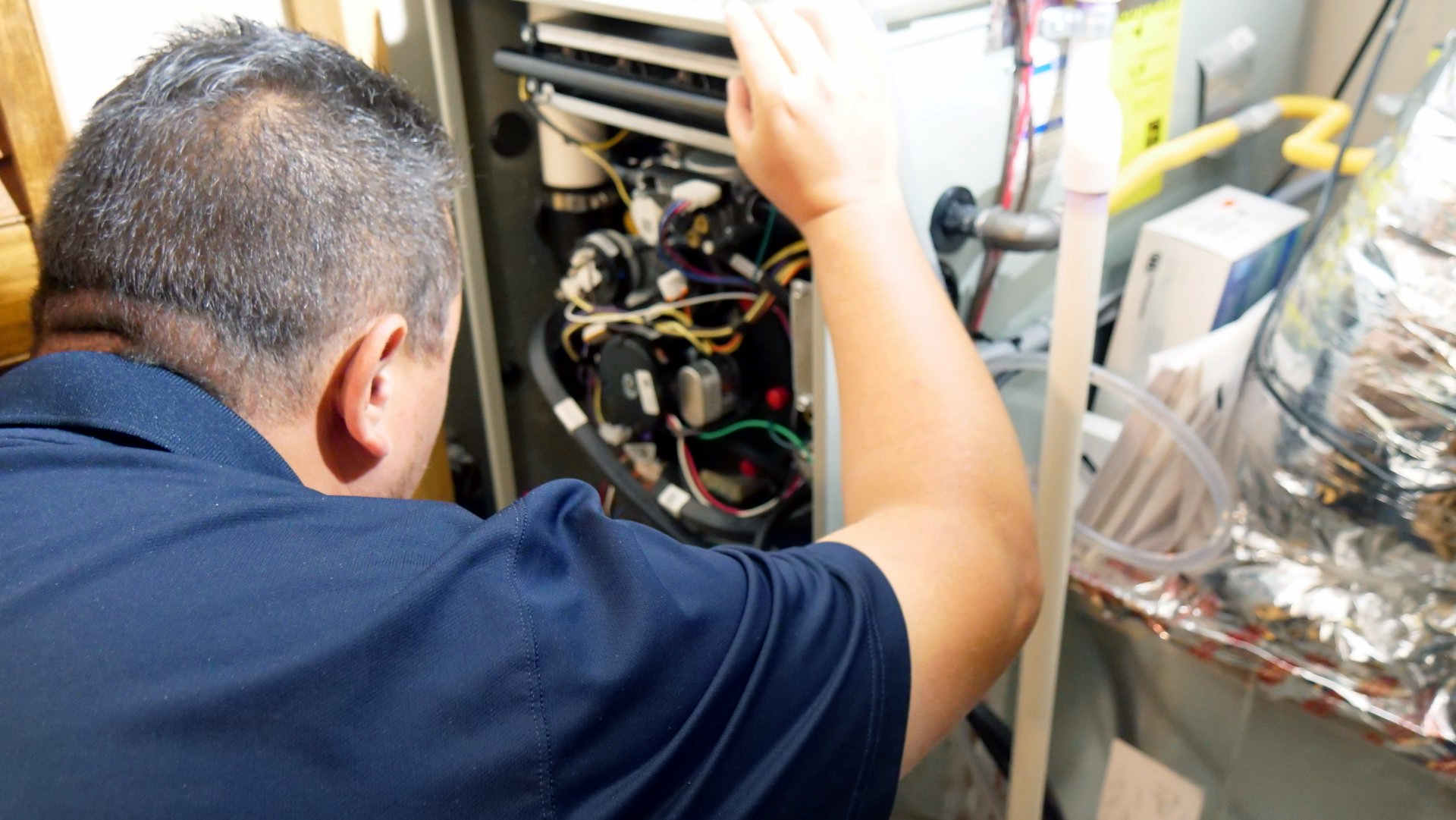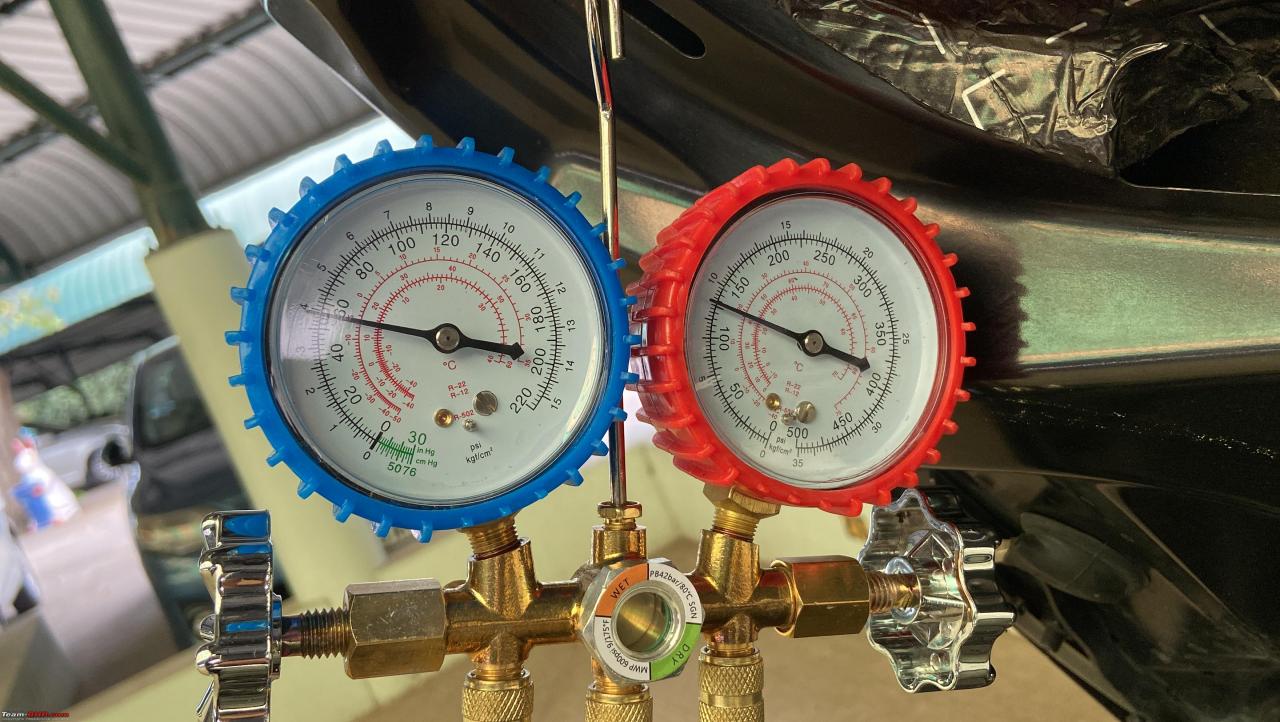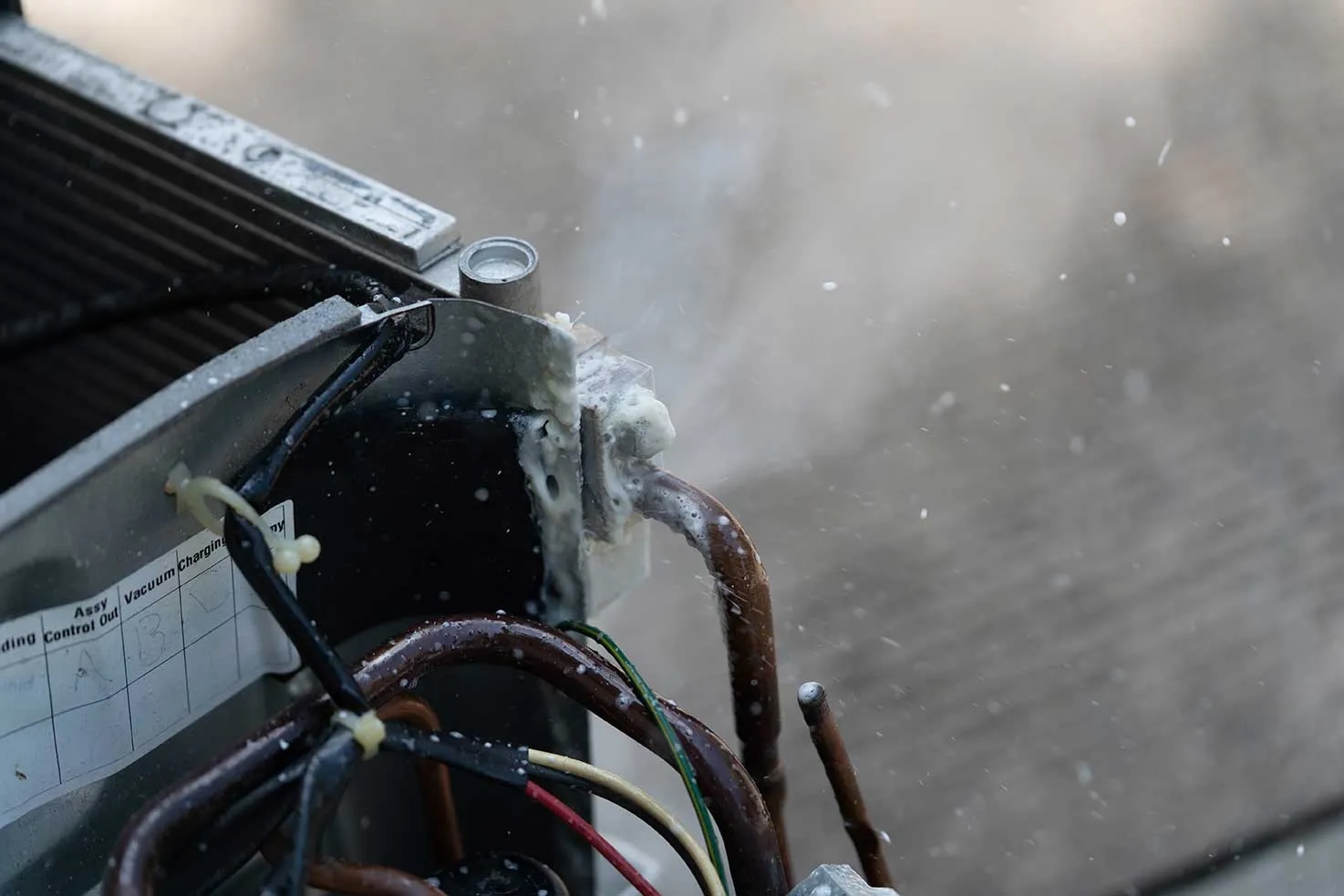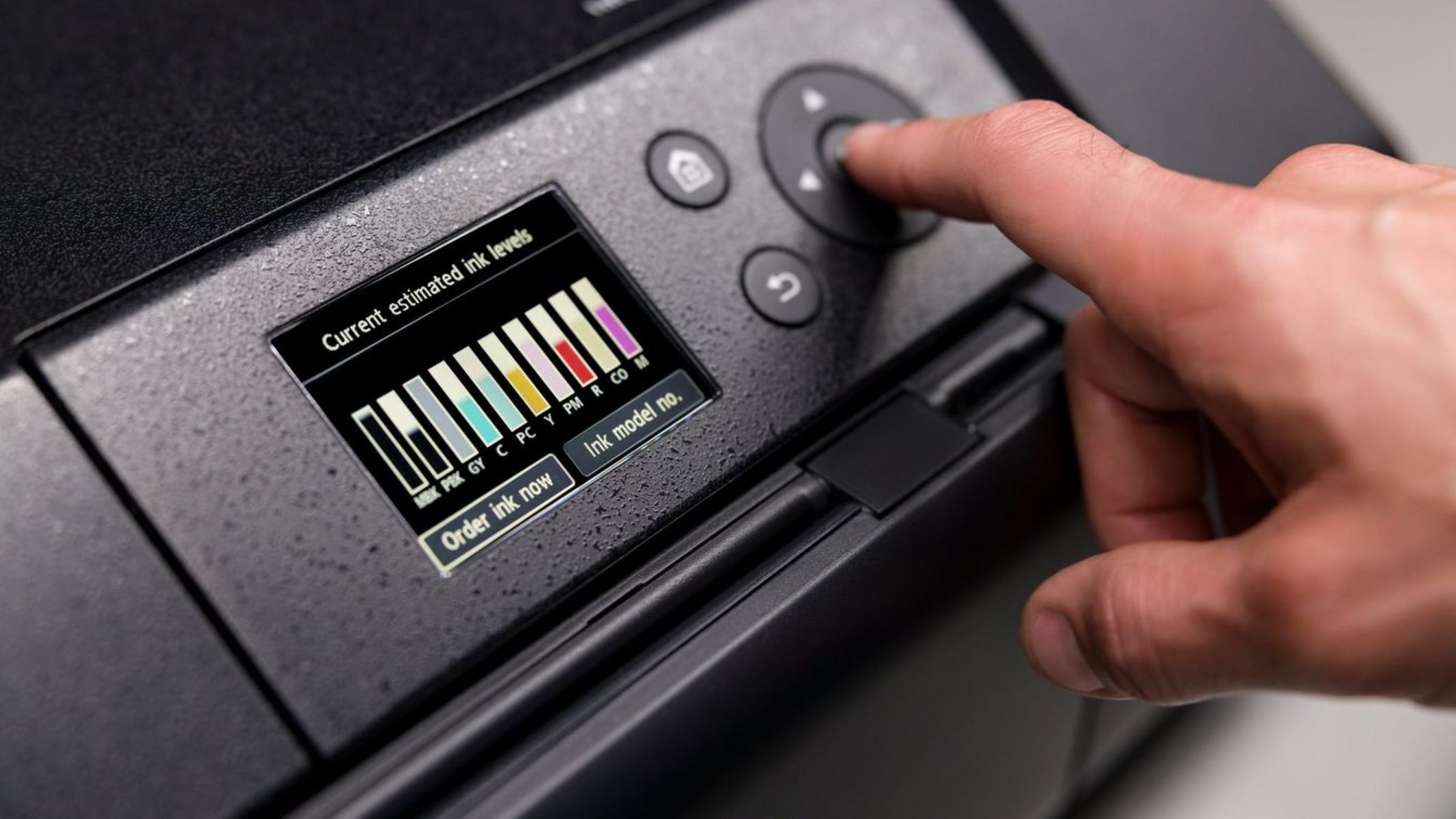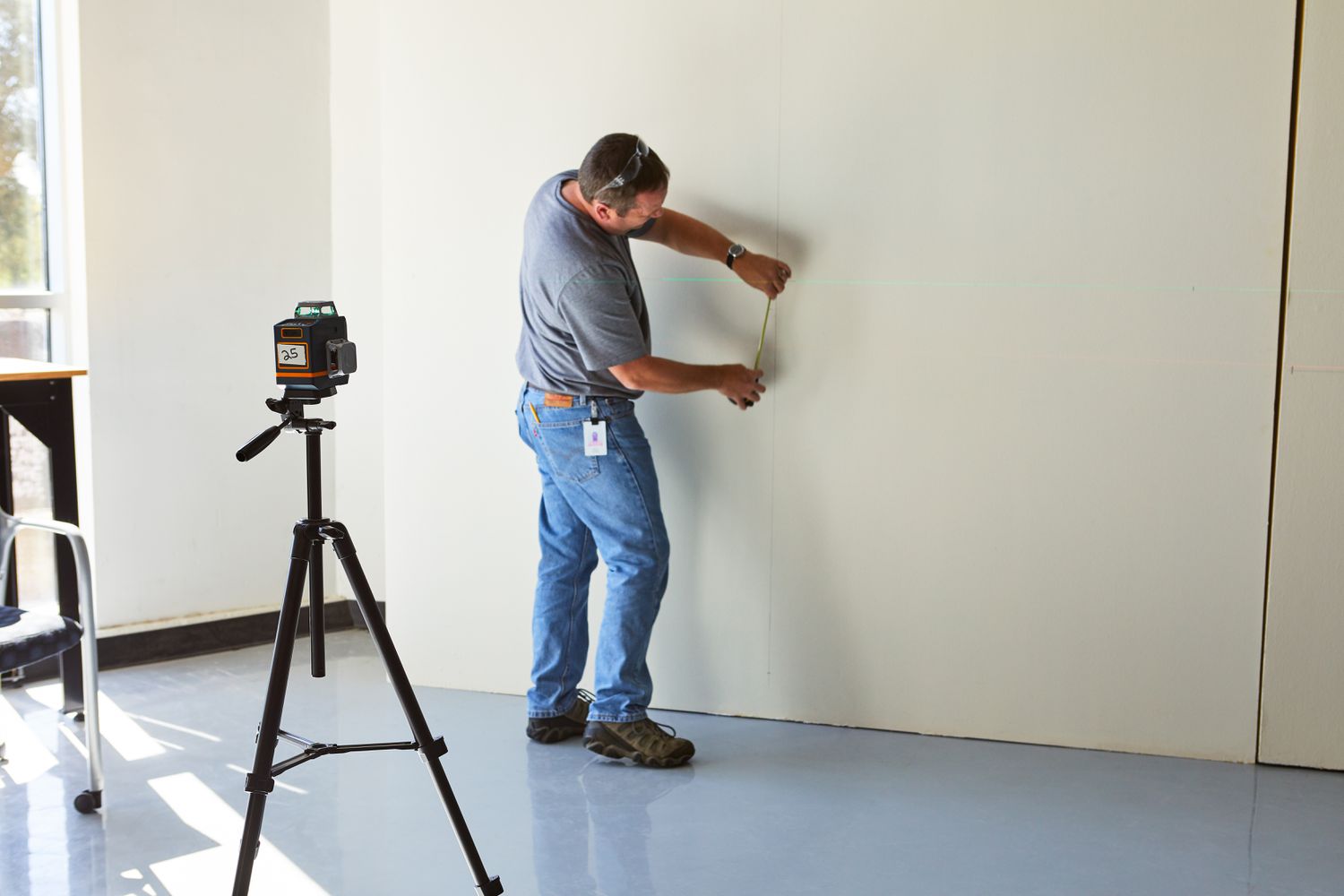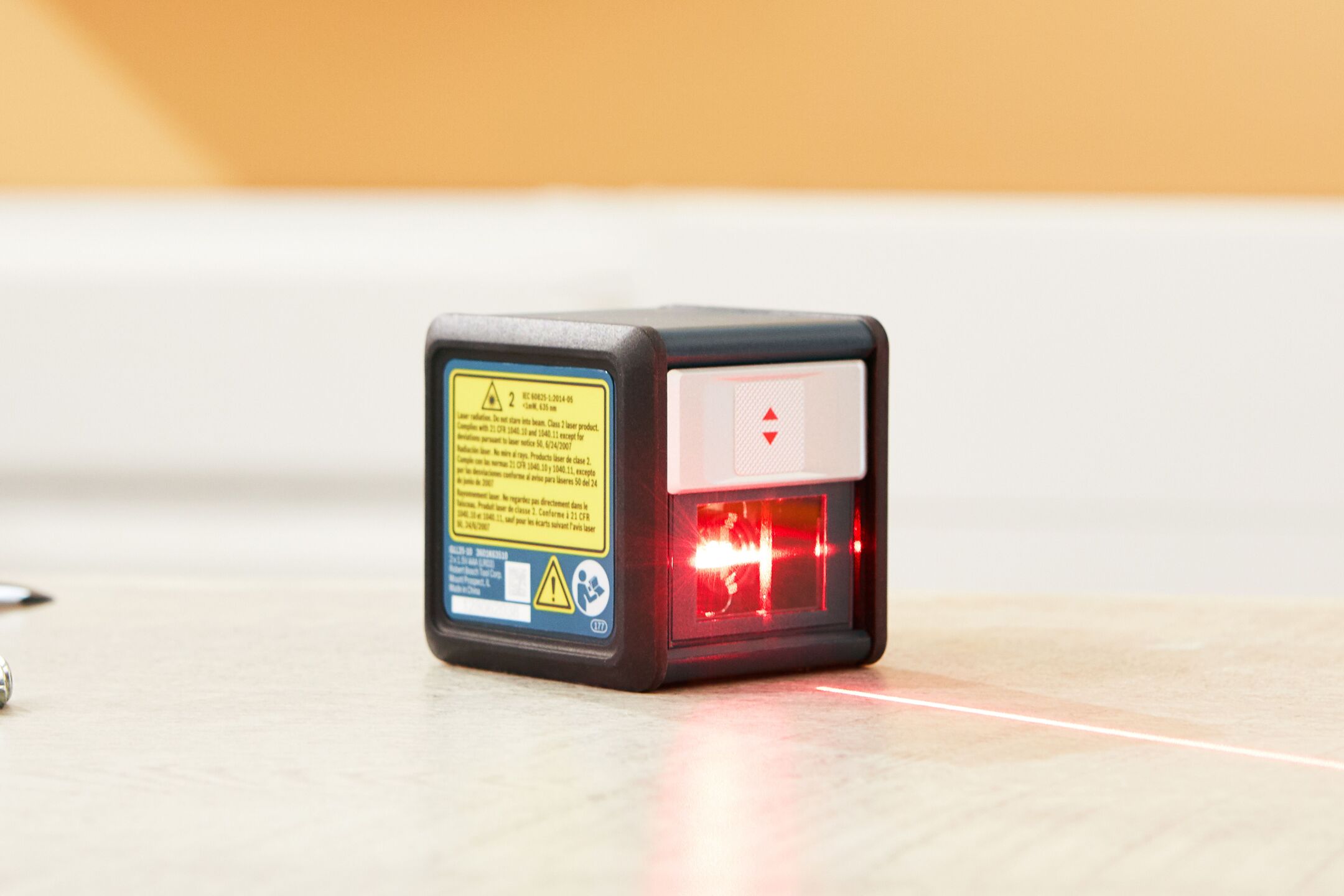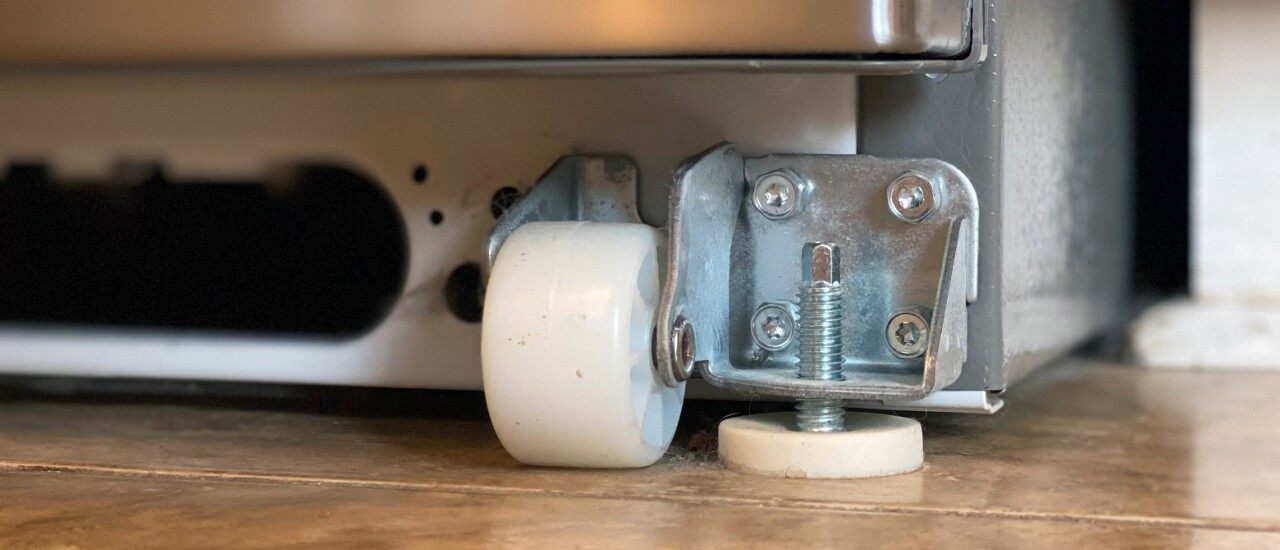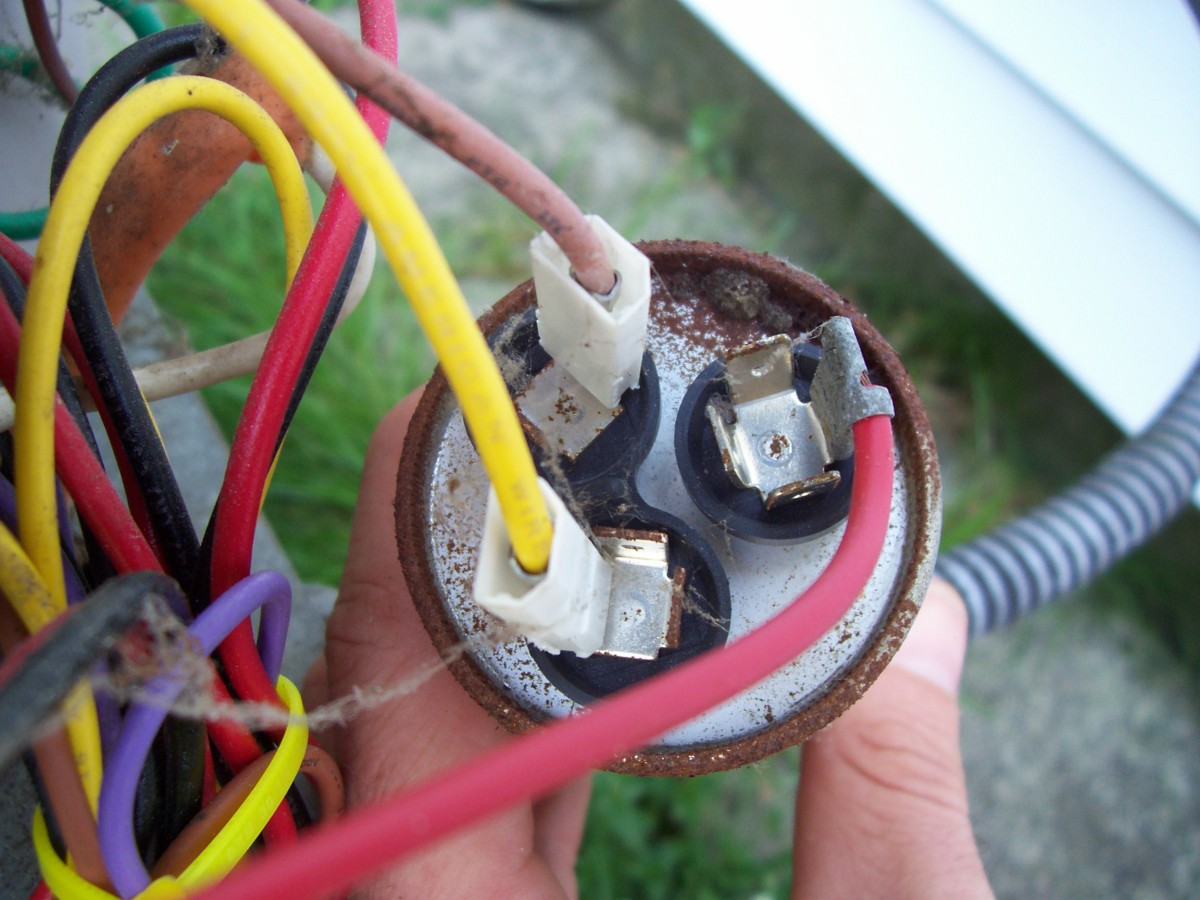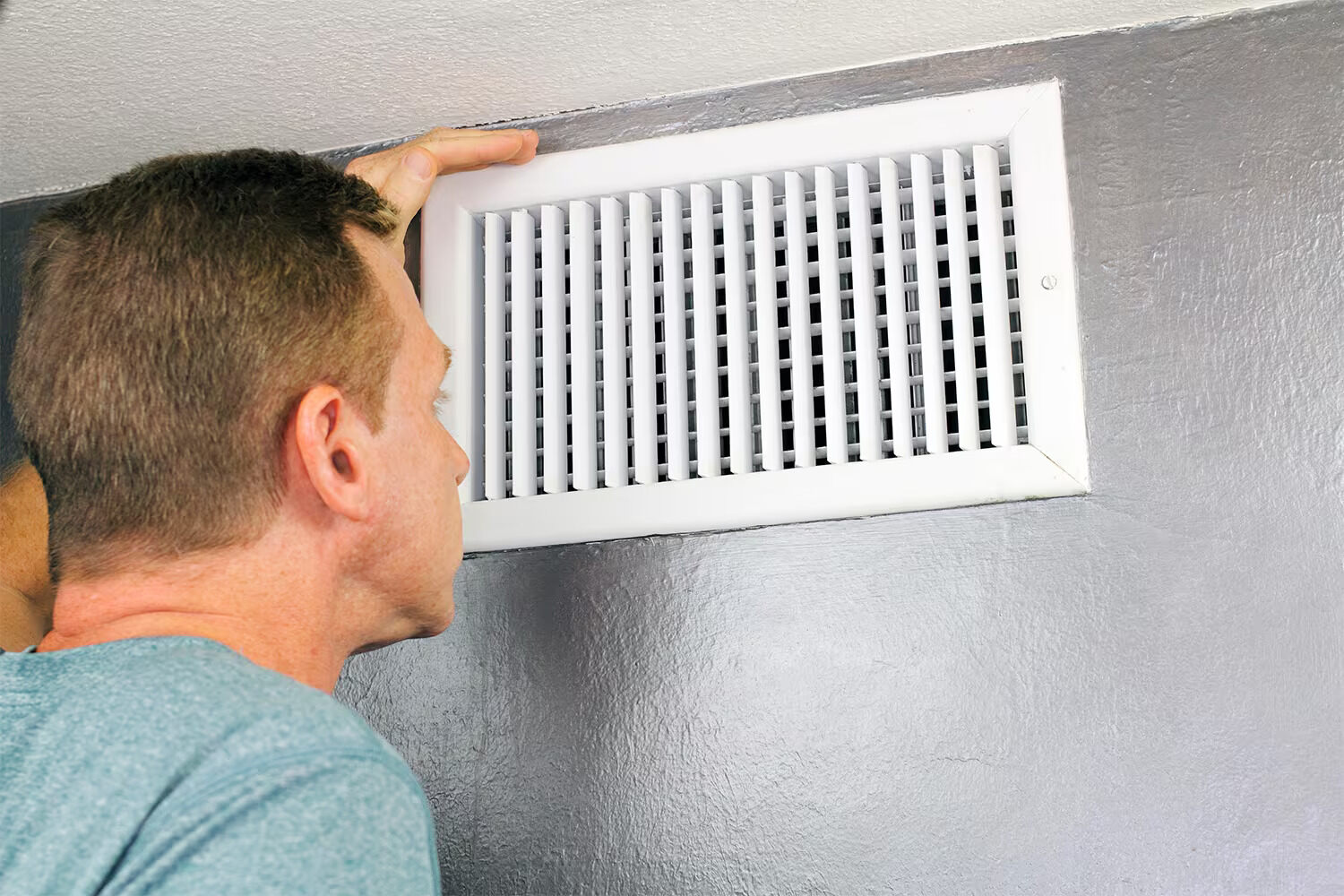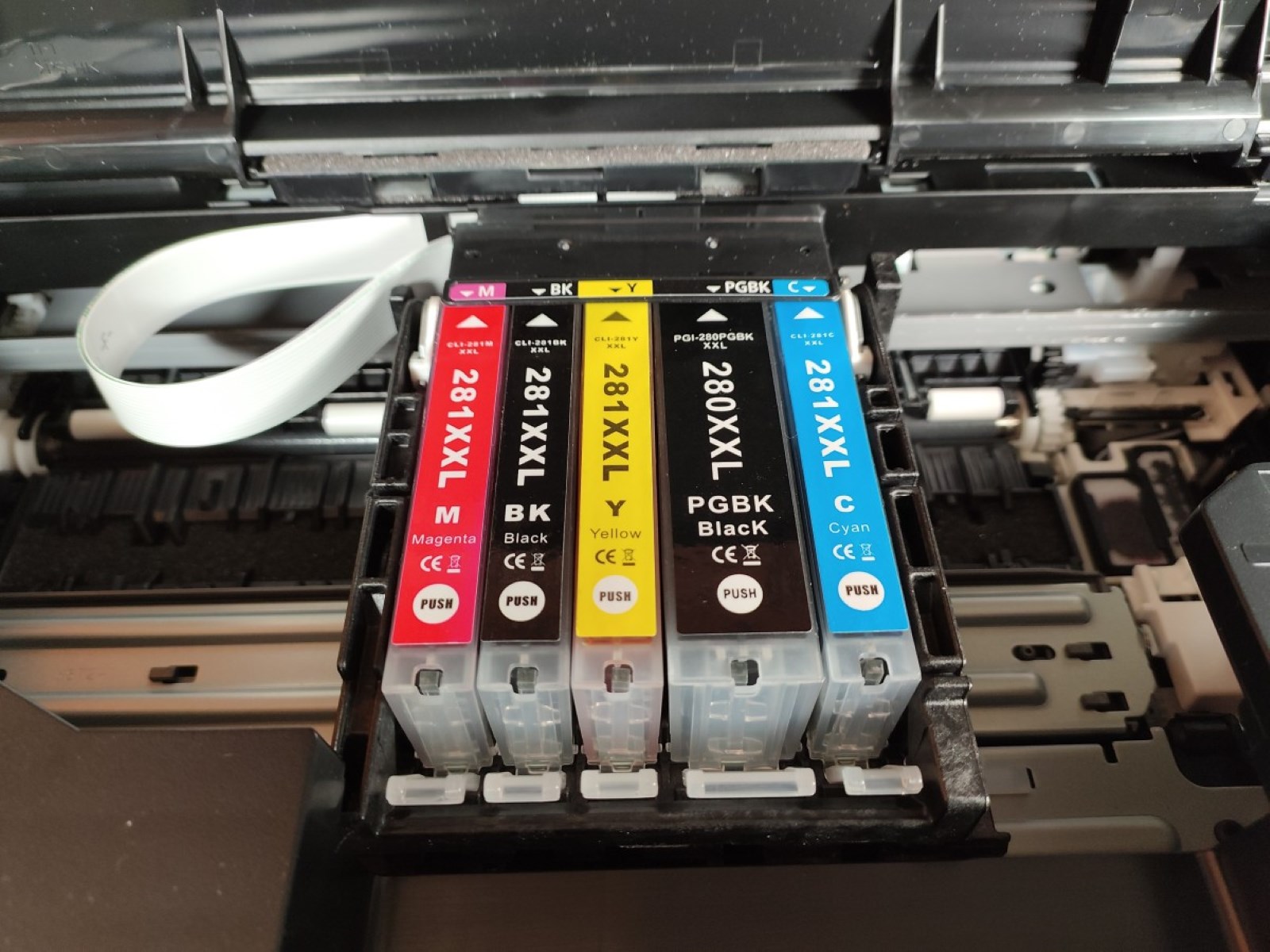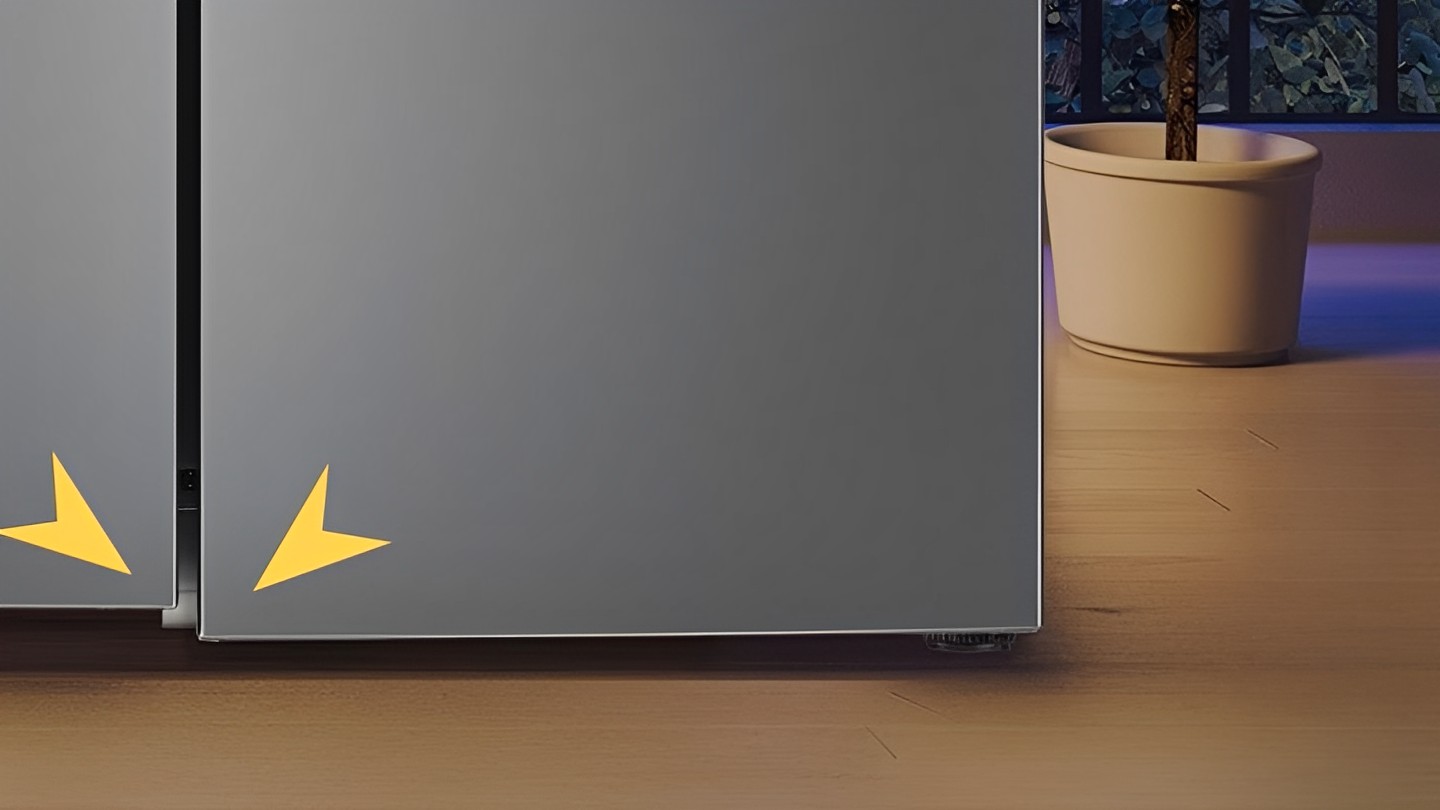Home>Home Maintenance>How To Check Air Conditioner Refrigerant Level
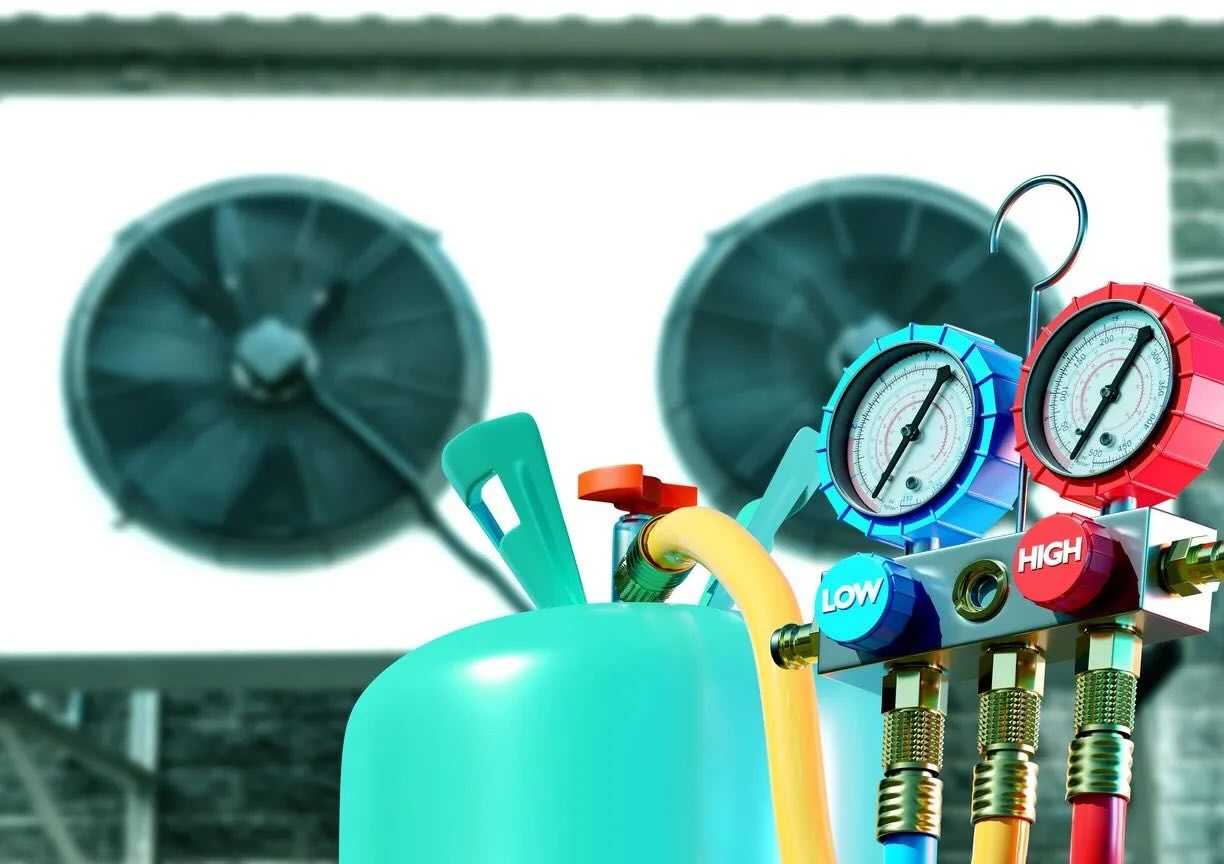

Home Maintenance
How To Check Air Conditioner Refrigerant Level
Modified: September 1, 2024
Learn how to check the refrigerant level of your air conditioner with this step-by-step guide. Ensure proper home maintenance with our expert tips.
(Many of the links in this article redirect to a specific reviewed product. Your purchase of these products through affiliate links helps to generate commission for Storables.com, at no extra cost. Learn more)
Introduction
Welcome to our comprehensive guide on how to check the refrigerant level in your air conditioner. Adequate refrigerant is crucial for the proper functioning and efficiency of your AC unit. Low refrigerant levels can lead to reduced cooling capacity, inefficient performance, and the potential for costly repairs. By regularly monitoring and maintaining the refrigerant level, you can ensure that your air conditioner operates at its optimal level, keeping your home cool and comfortable during the hot summer months.
In this article, we will delve into the importance of understanding refrigerant, the signs that indicate low refrigerant levels, the necessary tools and supplies you will need for the task, precautions to take, and a step-by-step guide on how to check the refrigerant level in your AC unit.
Before we begin, it’s important to note that handling refrigerant can be hazardous and should only be done by trained professionals. This guide is intended to provide homeowners with an understanding of the process, but we recommend consulting a licensed HVAC technician for any maintenance or repair work.
Now, let’s dive in and learn everything you need to know about checking the refrigerant level in your air conditioner.
Key Takeaways:
- Regularly checking your air conditioner’s refrigerant level is crucial for keeping your home cool and comfortable during the summer months.
- Signs of low refrigerant include reduced cooling capacity, increased energy bills, longer cooling cycles, ice buildup, and audible hissing or bubbling sounds.
Read more: How To Check Refrigerant Level In HVAC
Understanding Refrigerant
Before we discuss how to check the refrigerant level in your air conditioner, it’s essential to understand what refrigerant is and its role in the cooling process.
Refrigerant is a chemical compound that absorbs heat from the indoor air and releases it outside, creating a cooling effect. It is the lifeblood of your air conditioning system. Most modern AC units use a type of refrigerant called R-410A, which is more environmentally friendly than older refrigerants like R-22, which are being phased out due to their harmful effects on the ozone layer.
The refrigerant circulates through a closed-loop system within your air conditioner, undergoing phase changes from a low-pressure gas to a high-pressure liquid and vice versa. As it changes states, it absorbs heat from the indoor air, cooling it, and then releases the heat outside. This process allows the air conditioner to maintain a comfortable temperature inside your home.
It’s important to mention that refrigerant does not get used up or depleted in normal functioning. If the refrigerant level is low, it usually indicates a leak in the system. So, checking the refrigerant level can help you detect any potential issues and address them promptly.
Now that we have a basic understanding of refrigerant let’s move on to the signs that may indicate low refrigerant levels in your air conditioner.
Signs of Low Refrigerant
Low refrigerant levels can significantly affect the performance of your air conditioner. It’s important to be aware of the signs that may indicate a potential refrigerant issue. Here are some common indicators to look out for:
- Reduced Cooling Capacity: If you notice that your air conditioner is not cooling your home as effectively as it used to, it could be a sign of low refrigerant. Insufficient refrigerant levels can hinder the cooling process, resulting in decreased performance.
- Increased Energy Bills: A sudden spike in your energy bills without any changes in your usage patterns could be a result of low refrigerant levels. When the refrigerant is low, the air conditioner needs to work harder and consume more energy to achieve the desired temperature.
- Longer Cooling Cycles: If your air conditioner seems to be running for longer periods than usual to cool your home, it may be struggling due to low refrigerant levels. Insufficient refrigerant can cause the system to work harder and longer to achieve the desired temperature.
- Ice Buildup on the Evaporator Coil: Another sign of low refrigerant is the formation of ice on the evaporator coil. When there is an insufficient amount of refrigerant, the evaporator coil may become too cold, causing condensation to freeze and form ice.
- Audible Hissing or Bubbling Sounds: If you hear hissing or bubbling sounds coming from your air conditioner, it could be an indication of a refrigerant leak. These leaks need to be repaired promptly to prevent further damage to the system.
- Constant Cycling On and Off: Low refrigerant levels can cause your air conditioner to cycle on and off more frequently as it struggles to maintain the set temperature. This frequent cycling can put additional strain on the system and lead to premature wear and tear.
If you notice any of these signs, it is essential to take action to address the issue promptly. Monitoring and maintaining the refrigerant level in your air conditioner is crucial for optimal performance and efficiency. In the next section, we will discuss the tools and supplies you will need to check the refrigerant level.
Tools and Supplies Needed
Checking the refrigerant level in your air conditioner requires a few specific tools and supplies. Before you begin, make sure you have the following items on hand:
- Refrigerant Pressure Gauge: This gauge is used to measure the pressure of the refrigerant in your air conditioner. It typically comes with a hose and a fitting that connects to the low-pressure side of the system.
- Refrigerant Leak Detector: A leak detector is essential for identifying any refrigerant leaks in your air conditioning system. It uses various methods such as electronic sensors or ultraviolet (UV) dyes to detect leaks.
- Eyewear and Gloves: Safety should always be a priority when working with air conditioning systems. Wear protective eyewear and gloves to protect yourself from potential refrigerant leaks and other hazards.
- Flashlight: A flashlight will come in handy for inspecting your air conditioner and locating any potential leaks or issues.
- Wrench or Screwdriver: Depending on your specific air conditioning unit, you may need a wrench or screwdriver to access the service valves or panels.
- Refrigerant: If you discover that your air conditioner has a low refrigerant level, you may need to add refrigerant to the system. It is important to use the correct type and amount of refrigerant specified by the manufacturer. Consult a licensed HVAC technician for proper refrigerant handling and charging.
Having these tools and supplies ready before you start the process will ensure that you can check the refrigerant level efficiently and effectively. However, keep in mind that handling refrigerant can be hazardous, and it is recommended to consult a professional HVAC technician if you are not experienced in working with these systems.
Now that we have covered the necessary tools and supplies, let’s move on to the precautions you need to take before checking the refrigerant level in your air conditioner.
You can check the refrigerant level of your air conditioner by using a pressure gauge to measure the pressure in the system. If the pressure is too low, it may indicate a refrigerant leak. Always consult a professional if you are unsure.
Precautions
Before you begin checking the refrigerant level in your air conditioner, it’s important to take the necessary precautions to ensure your safety and the proper functioning of the system:
- Turn Off the Power: Before performing any maintenance or inspection tasks on your air conditioner, make sure to turn off the power to the unit. This will help prevent any accidents or injuries.
- Wear Protective Gear: When working with refrigerant or any other components of your air conditioning system, it’s crucial to wear protective eyewear and gloves. This will safeguard you from potential leaks and chemicals.
- Familiarize Yourself with the System: Take the time to familiarize yourself with the components of your air conditioner. Understand the location of the service valves, panels, and other essential parts that may need to be accessed during the process of checking the refrigerant level.
- Ensure Adequate Ventilation: Working with refrigerant can release potentially harmful fumes. Make sure you are in a well-ventilated area or open windows and doors to allow fresh air to circulate.
- Consult the Manufacturer’s Guidelines: Always refer to the manufacturer’s guidelines and instructions for your specific air conditioning unit. They will provide valuable information on the correct procedures and safety precautions to follow.
- Consider Consulting a Professional: If you are not confident in your ability to check the refrigerant level or encounter any issues, it is recommended to consult a licensed HVAC technician. They have the expertise and knowledge to handle refrigerant safely and accurately assess and address any problems.
By taking these precautions, you can ensure the safety of yourself, your equipment, and your surroundings during the process of checking the refrigerant level. Now that you are aware of the necessary precautions, let’s move on to the step-by-step guide on how to check the refrigerant level in your air conditioner.
Read more: How To Check The Refrigerant Level Of An AC
Step-by-Step Guide to Checking Refrigerant Level
Checking the refrigerant level in your air conditioner requires precision and understanding. Here is a step-by-step guide to help you through the process:
- Turn off the Power: Begin by turning off the power to your air conditioner. This can usually be done by switching off the circuit breaker or disconnecting the power supply.
- Locate the Service Valves: Find the service valves on your air conditioner. There are typically two types of valves: the low-pressure side valve and the high-pressure side valve. The low-pressure side valve is the one you need to access for checking the refrigerant level. It is usually located on the larger refrigerant line.
- Attach the Refrigerant Pressure Gauge: Take your refrigerant pressure gauge and attach it to the low-pressure side valve. Follow the manufacturer’s instructions for proper connection.
- Check the Pressure Reading: Once the gauge is connected, you can check the pressure reading. The optimal pressure range will depend on the manufacturer and the ambient temperature, but it is typically between 65 and 75 psi (pounds per square inch) for the low-pressure side. Compare the reading you obtain with the recommended pressure range.
- Use a Refrigerant Leak Detector: If you suspect a refrigerant leak, you can use a refrigerant leak detector to identify any leaks in the system. Follow the manufacturer’s instructions for proper use. Remember to exercise caution and follow safety guidelines when using the leak detector.
- Inspect for Visible Signs of Leakage: While checking the refrigerant level, visually inspect the various components of your air conditioner for any signs of leakage. Look for oil stains, wet spots, or traces of refrigerant on the lines, joints, or connections. If you notice any leaks, it is recommended to seek professional assistance for repair.
- Take Note of Observations: Make a note of the pressure reading and any observations you have made during the process. This will help you track any changes or patterns over time and provide valuable information for future maintenance or repairs.
- Add Refrigerant if Necessary: If the pressure reading is below the recommended range or you suspect a refrigerant leak, it’s best to consult a licensed HVAC technician for further evaluation and refrigerant recharge. Adding refrigerant should only be done by professionals with the necessary knowledge and equipment.
- Reassemble and Restore Power: After completing the necessary steps, reassemble any components and securely close the service valves. Once everything is in place, restore the power to your air conditioner by turning on the circuit breaker or reconnecting the power supply.
Remember, handling refrigerant and working on your air conditioning system can be dangerous. If you are unsure or encounter any issues during the process, it is best to seek the assistance of a qualified HVAC technician.
Now that you have completed the step-by-step guide, you should have a good understanding of how to check the refrigerant level in your air conditioner. In the next section, we will conclude our article with a summary of what we’ve covered.
Conclusion
Checking the refrigerant level in your air conditioner is an important part of maintaining its optimal performance and efficiency. By monitoring the refrigerant levels, you can ensure that your AC unit operates at its maximum cooling capacity, helping to keep your home comfortable during hot summer months.
In this comprehensive guide, we covered the essentials of understanding refrigerant and its role in the cooling process. We also discussed the signs that indicate low refrigerant levels, the necessary tools and supplies needed for the task, precautions to take, and provided a step-by-step guide to checking the refrigerant level in your air conditioner.
Remember, working with refrigerant can be hazardous, and it’s crucial to prioritize safety at all times. If you are not experienced in handling air conditioning systems or refrigerant, it is recommended to consult a licensed HVAC technician for any maintenance or repairs.
Regularly checking the refrigerant level in your air conditioner can help detect any issues early on, preventing further damage and costly repairs. It ensures that your system remains efficient, operates smoothly, and provides you with the maximum cooling comfort you need during the summer months.
Thank you for reading our guide on how to check the refrigerant level in your air conditioner. We hope you found it informative and helpful. If you have any questions or require further assistance, don’t hesitate to reach out to a qualified HVAC professional.
Frequently Asked Questions about How To Check Air Conditioner Refrigerant Level
Was this page helpful?
At Storables.com, we guarantee accurate and reliable information. Our content, validated by Expert Board Contributors, is crafted following stringent Editorial Policies. We're committed to providing you with well-researched, expert-backed insights for all your informational needs.

